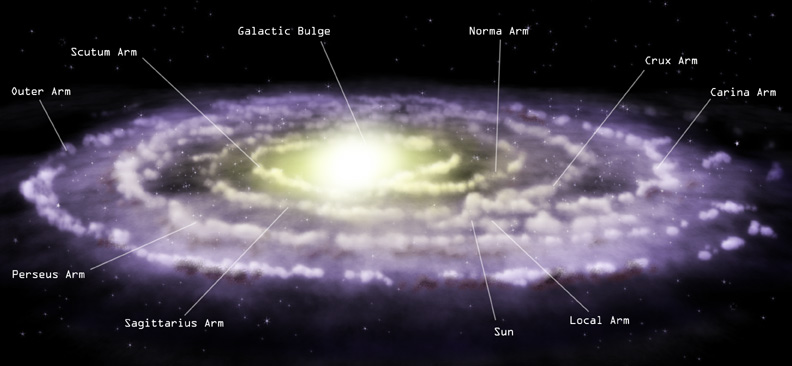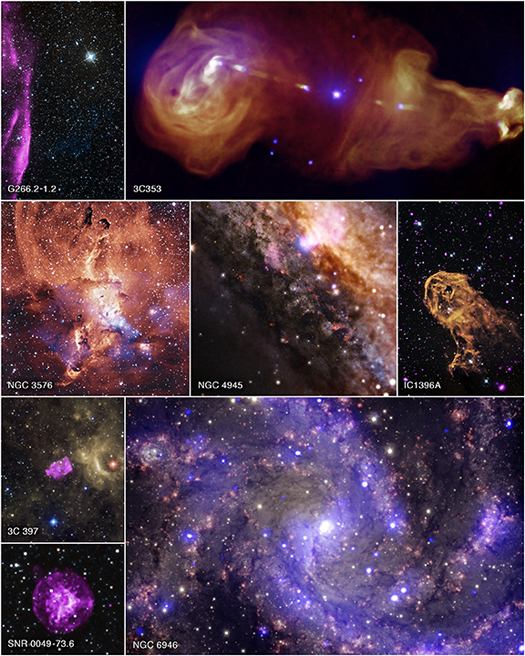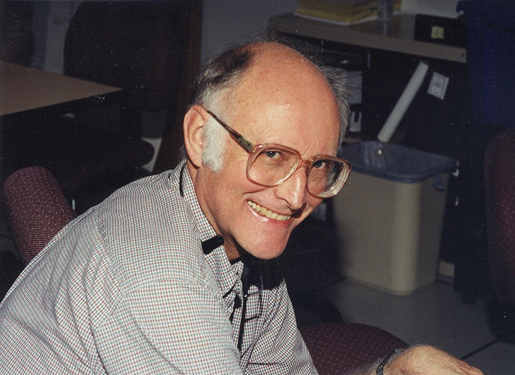Finding Patterns
Submitted by chandra on Fri, 2014-01-17 09:46 
Image: Frank Kovalchek, Wikimedia Commons
One of our favorite games to play with our kids is trying to find recognizable objects in clouds as they pass by on a sunny day. One cloud might look like an elephant, the next, a pirate ship.




